Recent Articles
Popular Makes
Body Types
14 Good Starter Cars

2002 Subaru Forester Photo ・ Photo by Subaru Media
Sixteen years sure went by in a hurry, didn’t it? What was a babbling bundle of joy seemingly moments ago is now a young man or woman eager to tackle the world, blowing out enough cake candles to illuminate a room.
With this rite of passage (or as is increasingly common, with high-school graduation), your kid might need a set of wheels, and you’re looking for a list of good starter cars. Mom, Dad, you’ve come to the right place, because we’ve done the research for you.
- First and foremost, a starter car is safe. Each of our suggested makes and models was among the safest vehicles on the road when it was new. Nothing beats the modern engineering and safety technologies of a new car, but a new car is not a starter car.
- Second, a starter car is affordable. While different people define this characteristic in different ways, several of our selections can be found in great condition with low mileage for under $8,000.
- Third, a starter car is about humility. You’re not going to find anything flashy here, nothing your kid will want to show off to friends, no vehicles that will encourage reckless driving behavior.
- Finally, our list contains vehicles sold between 2000 and 2010, all sold by mainstream rather than luxury brands. If none meets your own criteria, for whatever reason, be sure to check into crash-test ratings before buying anything for your kid to drive. Remember, safety is the most important thing.
Ford Five Hundred (2005-2006)
Introduced in 2005, the Ford Five Hundred is a full-size sedan built on a Volvo-sourced platform. An underpowered 3.0-liter V6 is standard equipment, paired with a continuously variable transmission in front-drive models. The available all-wheel drive system added a conventional automatic transmission.
Popular with older drivers, it is possible to find well-maintained, low-mileage examples of this car for under $7,500. Your kid might not be thrilled with this choice, but when she’s making her own money, she can ditch it for a Mustang Convertible.
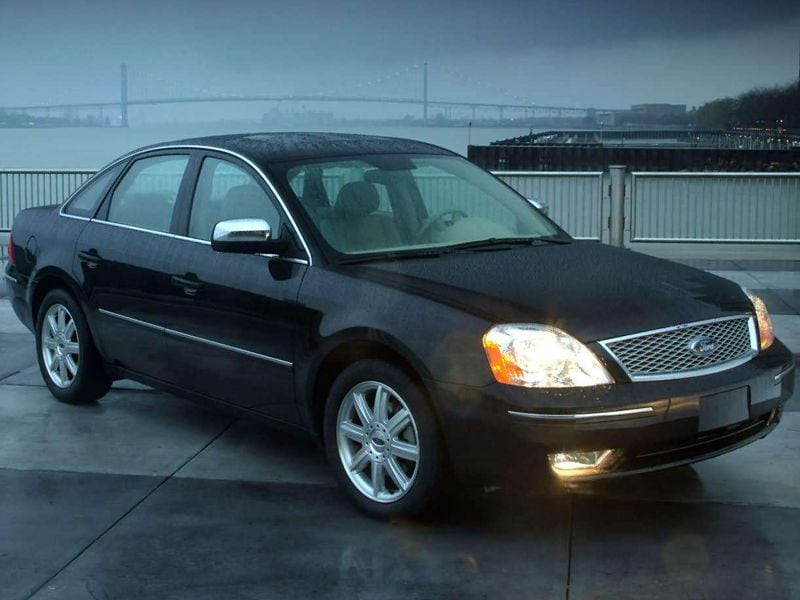
Photo by Ford Media
Ford Taurus (2008-2009)
Basically, the 2008 and 2009 Taurus models were restyled and updated versions of the Five Hundred. The weak, 203-horse 3.0-liter V6 was dropped in favor of a stronger 3.5-liter V6, and the CVT was cancelled in favor of a 6-speed automatic transmission. All-wheel drive remained an option.
As was true of the Five Hundred, the Taurus was popular with older drivers, and it is easy to find low mileage examples of this car in excellent condition. Prices are higher than for the Five Hundred, though.
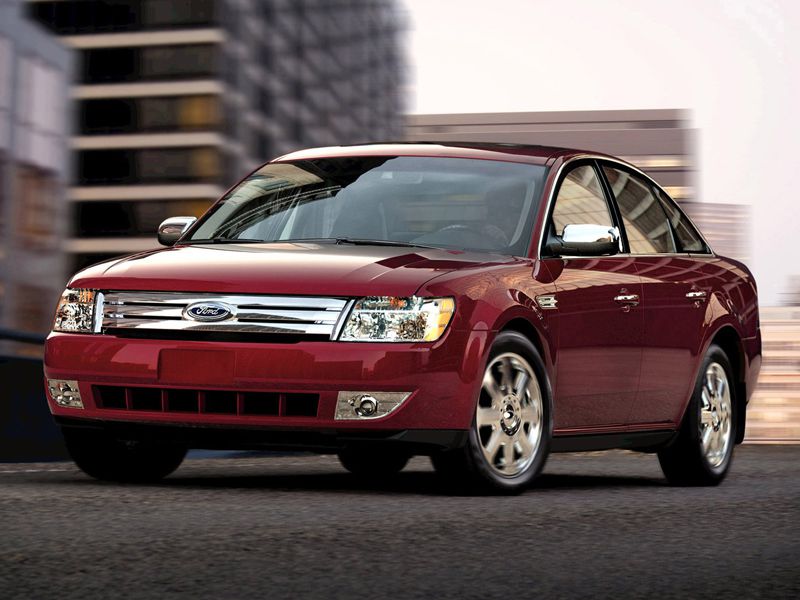
Photo by Ford Media
Honda CR-V (2002-2004)
Bigger and boxier than the first-generation CR-V, this second-generation version of Honda’s popular crossover suv is reliable, efficient, and practical in addition to being safe for its age. A 3-star rollover resistance rating could be a concern, however.
Incredibly popular and hard to kill, the CR-V is a good bet as a hand-me-down vehicle from a family member, especially if you know it has been well cared for. Otherwise, it is hard but not impossible to find one with fewer than 50,000 miles and for less than $10,000.
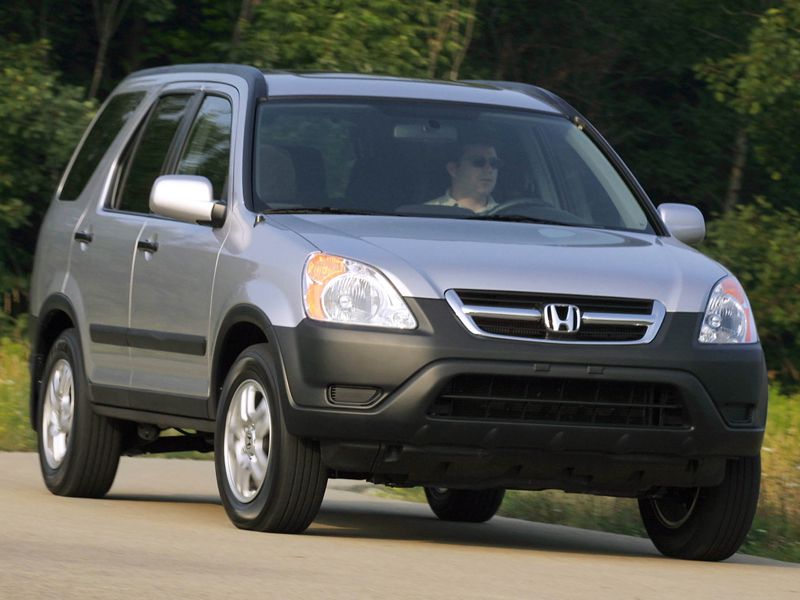
Photo by Honda
Honda CR-V (2007-2009)
This is the third-generation version of the CR-V, which cemented the compact crossover SUV as one of Honda’s best-selling models. Though not the greatest looking automobile in the world, it does what Hondas do best, which is last forever while returning good gas mileage and protecting its occupants.
Generally speaking, Honda CR-Vs hold their value remarkably well, so while more low-mileage examples of this newer version of the SUV are available, they are also more expensive.

Photo by Honda
Honda Element (2008-2010)
Honda’s box on wheels, the funky little Element, shared a platform with the second-generation CR-V. It was only the 2008 to 2010 models that earned both a 5-star overall crash-test rating from the federal government and a “Top Safety Pick” rating from the Insurance Institute for Highway Safety (IIHS).
Thanks to 4-passenger seating, the Element restricts the maximum number of friends your child can pile aboard. Thanks to its cubist shape, the Element is hugely practical. The SC (pictured) had spiffy aluminum wheels and body-color bumpers, while other Elements had lots of gray protective body cladding. None were attractive, making this vehicle an acquired taste and holding values in check.
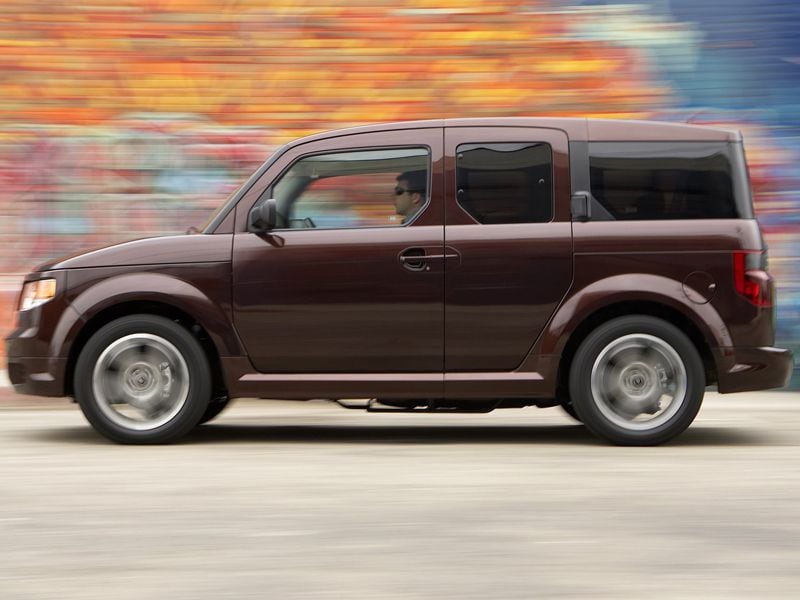
Photo by Honda
Hyundai Santa Fe (2007-2009)
When Hyundai introduced this version of the Santa Fe, the company’s midsize crossover SUV, it swapped wonky styling for conservative and elegant design. Two different V6 engines came in the Santa Fe, and all-wheel drive was optional. Buyers could also get a marginally useful third-row seat as an upgrade.
Durable and safe, the Santa Fe is usually less expensive than Honda CR-V models of a similar age. We favor the SE and Limited trim levels, but the base GLS is likely more cost effective in terms of purchase price and maintenance costs.
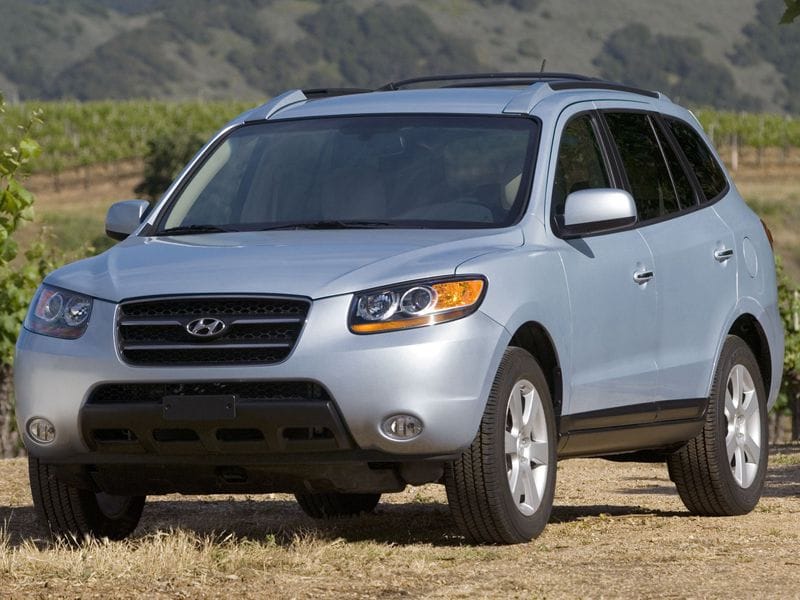
Photo by Hyundai
Mercury Montego (2005-2006)
Take one Ford Five Hundred, add the satin silver design cues which defined the Mercury brand in the years prior to its discontinuation, and you’ve got the Mercury Montego. It has the same 3.0-liter V6, same Volvo-derived platform, same optional all-wheel-drive system, and same gigantic interior.
The Montego also appealed to the same set of buyers, but fewer versions of the Mercury were sold. If you run across one, consider it, and low-ball your offer. Chances are good that sellers can’t wait to give a Montego a new home.
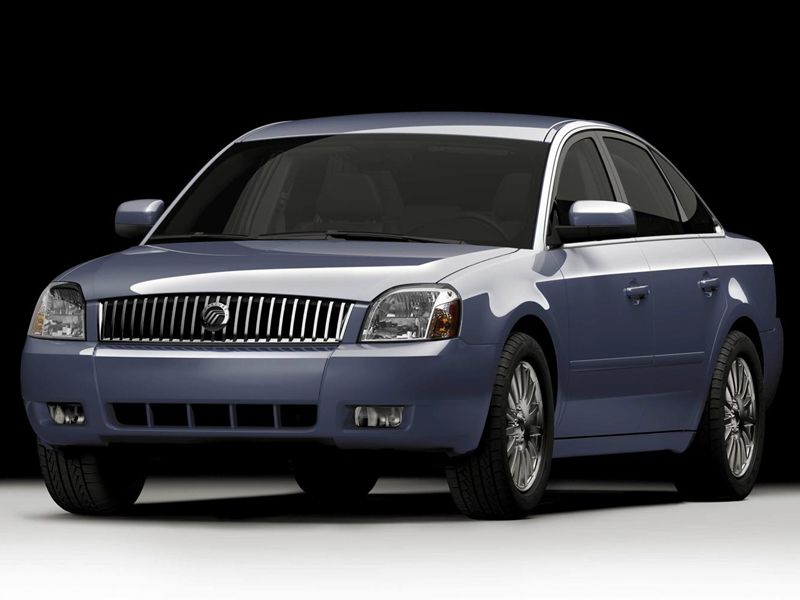
Photo by Ford Media
Mercury Sable (2008-2009)
Mercury spruced up the Montego for the 2008 model year, and brought back the fabled Sable nameplate at the same time.
The company canceled the 3.0-liter V6 in favor of a stronger 3.5-liter V6 engine, dropped the CVT for a conventional automatic, and updated the car in numerous ways, but the Sable could not keep Mercury alive. You can drive a hard bargain on one of these.
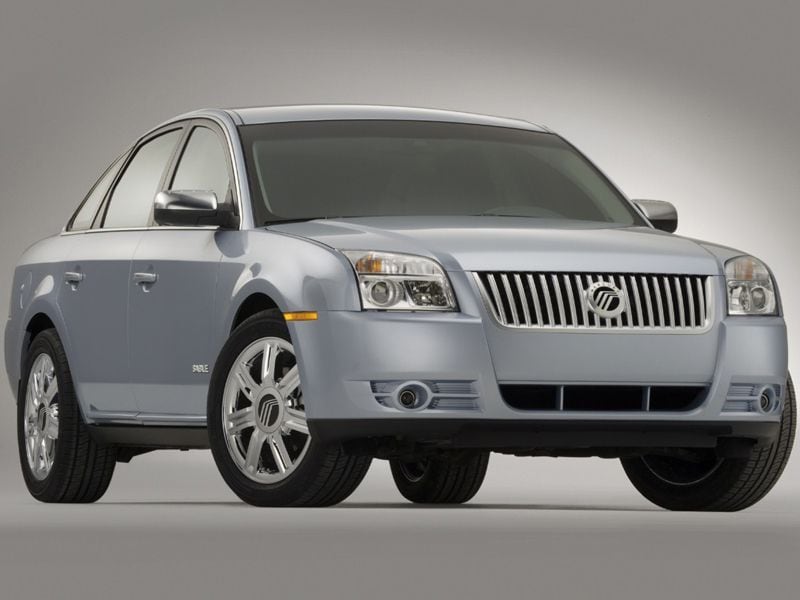
Photo by Ford Media
Subaru Forester (2001-2002)
Subaru created the Forester by installing a boxy body on an Impreza platform and raising the suspension for greater ground clearance, introducing it to Americans just two years after the Toyota RAV4 kicked off the whole crossover SUV craze. In 2001, it earned favorable crash-test ratings from both the federal government and the IIHS, and with few exceptions it has ever since.
Reliable, practical, and capable in all kinds of weather and on different types of terrain, and ugly enough that none of your kids friends will want to ride in it, a cheap first-generation Subaru Forester is a perfect starter car.

Photo by Subaru Media
Subaru Forester (2003-2008)
Subaru redesigned the Forester for the 2003 model year, but you’d need to look closely in order to tell. A new turbocharged engine was available and this, in combination with the Forester’s Impreza bones and standard all-wheel-drive system, made the 2.5XT model about as close as it gets to a WRX SUV.
Yeah, so, umm, don’t buy that one for your kid.
Stick with the Forester 2.5X instead, which doesn’t have a turbocharger. What it does have is everything that makes a Forester a perfect starter car: safety, dependability, utility, and value.

Photo by Subaru Media